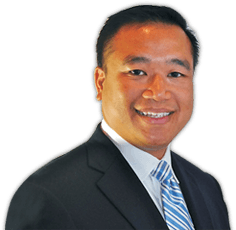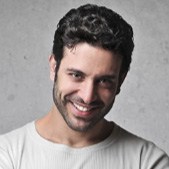Fracture of the Shoulder Blade (Scapula)
Shoulder fractures occur from a break in one or more of the bones of the shoulder joint. The shoulder is the most flexible joint in the body making it the most susceptible to instability and injury. It is a ‘ball-and-socket’ joint. A ‘ball’ at the top of the upper arm bone, humerus, fits neatly into a ‘socket’, called the glenoid, which is part of the shoulder blade, scapula.
The shoulder joint is made up several bones and soft tissues. It has three bones, the collarbone (clavicle), scapula, and humerus.
Humerus provides attachment to muscles of the upper arm. Scapula is the bone that connects the upper arm bone with the collarbone. It is a flat bone and roughly triangular in shape and provides attachment to the muscles of back and neck.
Symptoms
Scapular fractures are uncommon but do occur and require a large amount of force to fracture. They are usually the result of intense trauma, such as a high speed motor vehicle accident or a fall from height onto one’s back. They can also occur from a fall on an outstretched arm if the humeral head impacts on the glenoid cavity.
Symptoms of a scapular fracture can include the following:
- Pain: Usually severe and immediate following injury to the scapula.
- Swelling: The scapular area quickly swells following the injury.
- Bruising: Bruising occurs soon after injury.
- Impaired Mobility: Decreased range of motion of the joint occurs, often with inability to straighten the arm.
- Numbness: Numbness, tingling, or coldness of the hand and forearm can occur if blood supply is impaired or nerves are injured.
- Popping Sound: A cracking or popping sound, also referred to as crepitus, can often be heard or felt at the time of the fracture.
Diagnosis
Scapular Fractures should be evaluated by an orthopedic surgeon for proper diagnosis and treatment. Your surgeon will perform the following:
- Medical History
- Physical Examination
- Diagnostic Studies
Conservative Treatment
Most scapular fractures are not significantly displaced due to the strong supporting soft tissue structures surrounding it. Therefore, a majority of scapular fractures are treated conservatively and with early motion to reduce the risk of stiffness and will usually heal without affecting shoulder movement.
Conservative treatment options include:
- Immobilization: A sling is used for comfort and to support the shoulder to allow healing to take place. This is usually worn about 3-6 weeks depending on the type of fracture and
- Prescription Medications: Pain medications will be prescribed for your comfort during the healing process.
- Physical Therapy: Early progressive range of motion exercises is essential in restoring full shoulder function. Your physician will most likely refer you to a Physical Therapist for instruction on proper exercises and early motion of the shoulder to prevent complications.
Surgical Treatment
Fractures of the scapula involving the neck or glenoid or with severe displacement have been associated with poor outcomes when treated non-operatively. Scapula fracture repair can be performed minimally invasive.
Minimally invasive ORIF (open reduction internal fixation) surgery uses smaller incisions than a traditional “open” surgery. Minimally invasive incisions are limited to where surgical plates will be placed instead of a traditional incision which can be large.
The benefits of minimally invasive surgery include smaller incisions, faster healing, a more rapid recovery, and less scarring.










